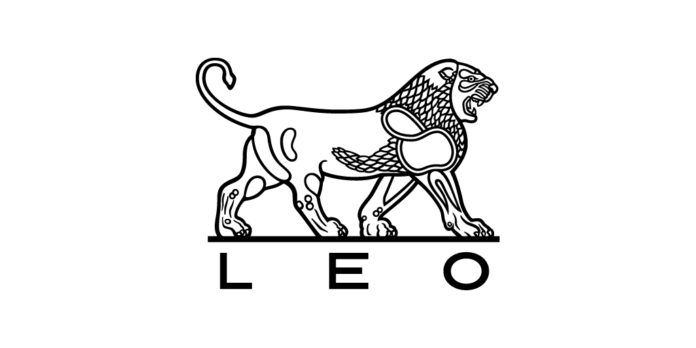BALLERUP, Denmark– LEO Pharma A/S, a global leader in medical dermatology, today announced 16-week results of a 52-week monotherapy trial showing tralokinumab significantly improved primary and secondary measurements of efficacy among adolescents (aged 12 to 17) with moderate-to-severe atopic dermatitis.1 The week 16 results from the Phase 3 ECZTRA 6 trial were shared during the 2021 Fall Clinical Dermatology Conference held virtually and with a hybrid option in Las Vegas.
Tralokinumab is a high-affinity, human monoclonal antibody that specifically binds to and inhibits IL-13, a key driver of atopic dermatitis signs and symptoms.2,3 It has been approved as Adtralza for the treatment of adults with moderate to severe atopic dermatitis by the European Commission and by the MHRA in June 2021 and by Health Canada in October 2021.
“After 16 weeks, adolescents who received either dose of tralokinumab, without rescue therapy, showed significantly greater improvement in atopic dermatitis signs and symptoms and quality of life compared to those receiving placebo,” said Amy Paller, MD, Chair, Department of Dermatology, Feinberg School of Medicine, Northwestern University in Chicago, Illinois, and the international coordinating investigator for ECZTRA 6. “These findings are encouraging, as moderate-to-severe atopic dermatitis can have major physical and psychosocial impacts on adolescents who have limited options for long-term treatment.”
The 16-week initial treatment period of the ECZTRA 6 trial (NCT03526861) assessed the efficacy and safety of tralokinumab 150 mg (n=98) or 300 mg (n=97) every two weeks (Q2W) compared to placebo (n=94) in adolescents.1 At week 16, tralokinumab met its primary and secondary endpoints, showing that significantly more patients treated with tralokinumab achieved a clinical response, compared to placebo, defined as achieving an IGA 0/1 and/or an EASI 751:
- 21.4% (p<0.001) of the tralokinumab 150 mg group and 17.5% (p=0.002) of the tralokinumab 300 mg group achieved clear or almost-clear skin compared to 4.3% with placebo as measured by IGA.1
- 28.6% (p<0.001) of the tralokinumab 150 mg group and 27.8% (p=0.001) of the tralokinumab 300 mg group achieved 75% or greater disease improvement from baseline compared to 6.4% with placebo as measured by EASI.1
Secondary endpoints were all met, addressing extent and severity of atopic dermatitis (SCORAD), achieving at least a 4-point improvement in adolescent weekly average worst daily pruritus NRS score, and health-related quality of life related to dermatological conditions (CDLQI).1
The safety and tolerability of tralokinumab compared with placebo, when used to treat adolescents with moderate-to-severe atopic dermatitis, was also investigated. The overall frequency and severity of adverse events (AEs) in the trial were comparable across the treatment groups over 16 weeks (67% for tralokinumab 150 mg, 65% for tralokinumab 300 mg, and 62% for placebo).1
The percentage of AEs, serious AEs, AEs leading to discontinuation and conjunctivitis events were similar between both doses of tralokinumab (150mg and 300mg) and placebo treatment groups in the initial treatment period of 16 weeks. Most AEs in the three treatment groups were mild or moderate in severity and subjects recovered from most.1 The safety results were consistent with the Phase 3 adult tralokinumab trials.1
“We are encouraged by these results that advance our understanding of tralokinumab in adolescents, many of whom often struggle with the negative emotional and physical impacts of atopic dermatitis,” said Jörg Möller, MD, Executive Vice President, Global Research and Development, LEO Pharma. “This is an important milestone for the overall ECZTRA clinical trial program as we expand studies to include younger patients.” (IANS)



